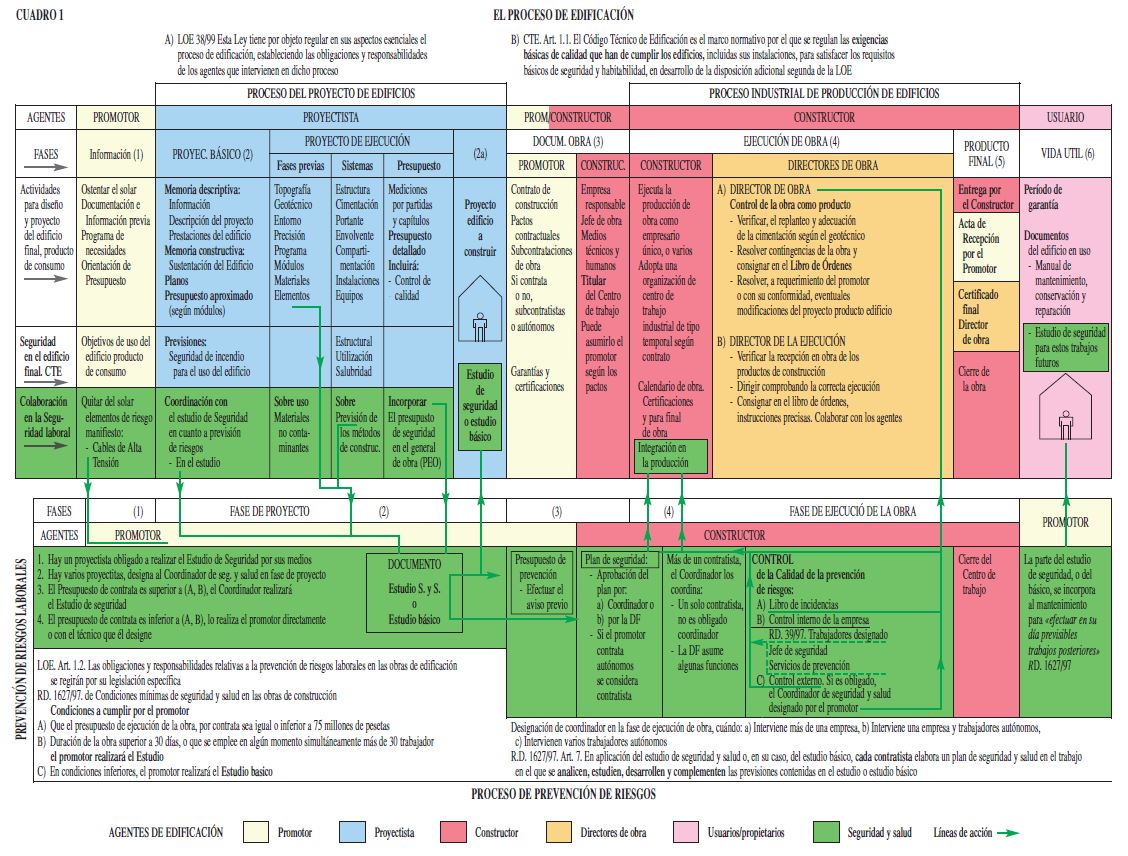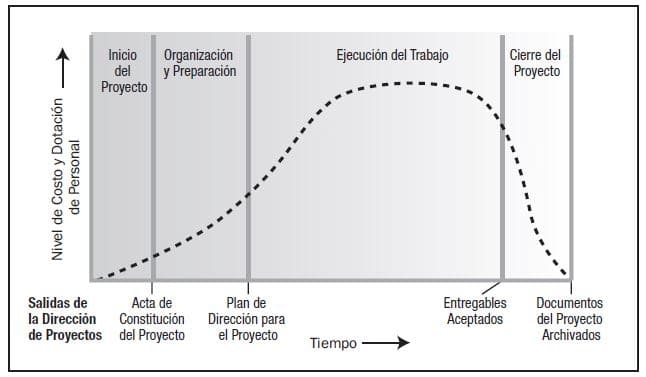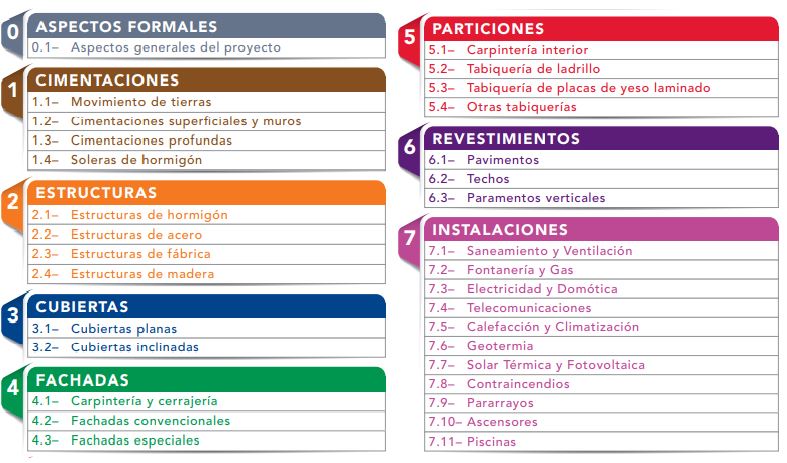-
Phone Number
-
Email Address
In all construction, well-executed details are signs of professionalism and wisdom but not everything is in the own work, in the execution «in situ», there is a lot of work previous that we must consider and verify in a way adequate.
The possible errors and defects that we can solve from a beginning in the drafting process of the project, always will be cheaper and more effective than during the laying process under construction.
The lack of information and details in a project architecture can generate uncertainty in the phase of its execution and from here, the real issues; setting out errors, cost overruns, variations in measures, contradictory prices, etc.
But today, it is time to prevent, and for this we have found some analysis guides (sheets in checklist format) that will help to the direction of execution of the work to be validated in a more correct the initial project.
Content menu:
The optional management (director of work and director of material execution) are the technicians competent authorities designated by the promoter and in charge of control – Technical management of the execution of the work.
The construction management directs the development of the work (From start to finish) in its technical aspects, urban, aesthetic, etc. In order to ensure that adjusts to the proposed final objective.
On the subject of responsibilities on site, while not nothing or no accident happens, everything is fine, but when it happens something, if the position has not been clearly specified and the responsibility of each technician can become a pain huge head if we see the following diagram of responsibilities on site (Clicking on the image opens a new window to see it better)

Image taken from the article the expert report in building and the legal expert architect.
We do not want any "scare" in the work for not having carried out good work. As a starting point and because it is a document easy to understand, it is recommended to download the « Recommendations for the direction of the execution of work » what can we find from HERE.
As we see in the previous document, checking that the project contains all the information necessary for the execution of the work is a duty that we should fulfill.
But… What happens if I don't review the project or verify that it is good? Here, indeed, from an economic perspective – cost work, there is an important relationship with the life cycle of a work.
Remember three articles of interest from this portal:
Project management is the application of skills, many knowledge, tools and techniques to meet the requirements set forth therein. that in the end translocates and plasma in five phases:
We have to consider that the projects in works vary in size and complexity. All the projects (Applicable to any sector), no matter how big or small, or how complex or simple they are, can be configured within the following build cycle structure life that we should always keep in mind and that stand out four phases:
Home > Organization and programming > Execution of work>Closing

In planning, these phases are important (See technique and Lean Construction system in the projects), but one of the main drawbacks in any process construction is to control the construction budget.
As a rule, in every project there is a relationship between Change Costs – Influence Risks and Uncertainties . To understand it better, the following graphic is great :

From this perspective, it is very important to analyze and initial check of all architectural projects if we do not want our original budget to skyrocket.
This is where the following check tokens will enter so that the direction of execution of work does not leave anything in the inkwell.
The main objective of the following tabs is to highlight manifest possible information gaps that are relevant for the control of the execution and economy of the work.
The guides have only been written to highlight the presence or not of the characteristics of the technical construction specifications of the project. No including aspects such as; aesthetic characteristics, degree of compliance with regulatory laws, urban conditions, layout, safety and health aspects, compliance with accessibility, etc.
We have to comment that the files have been written in based on the requirements of Spanish regulations. although, as guide documents, are perfectly applicable to other countries. AND frame the following chapters with 21 Documents:

You can access the PDF download of all documents through the Musaat Foundation from HERE (See section of «Project analysis guide for the management of the execution of work»)
And thanks to their authors, who are Manuel Jesús Carretero Ayuso and Mateo Moyá Borrás for this excellent documentation they provide us.
We also remind you that due to Coronavirus COVID 19 we have prepared an interesting guide article with examples on the action protocol in construction and works.
If you liked the article, rate it and share!